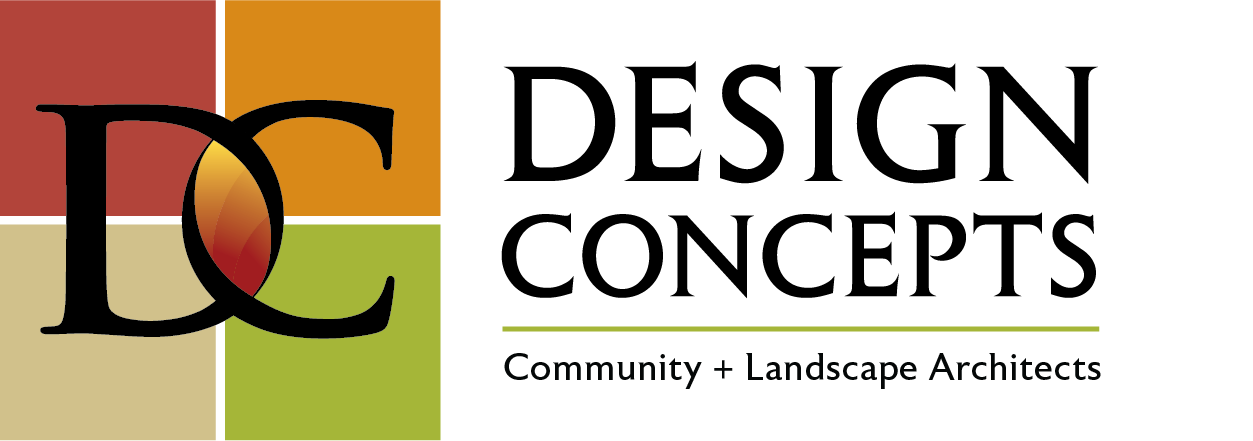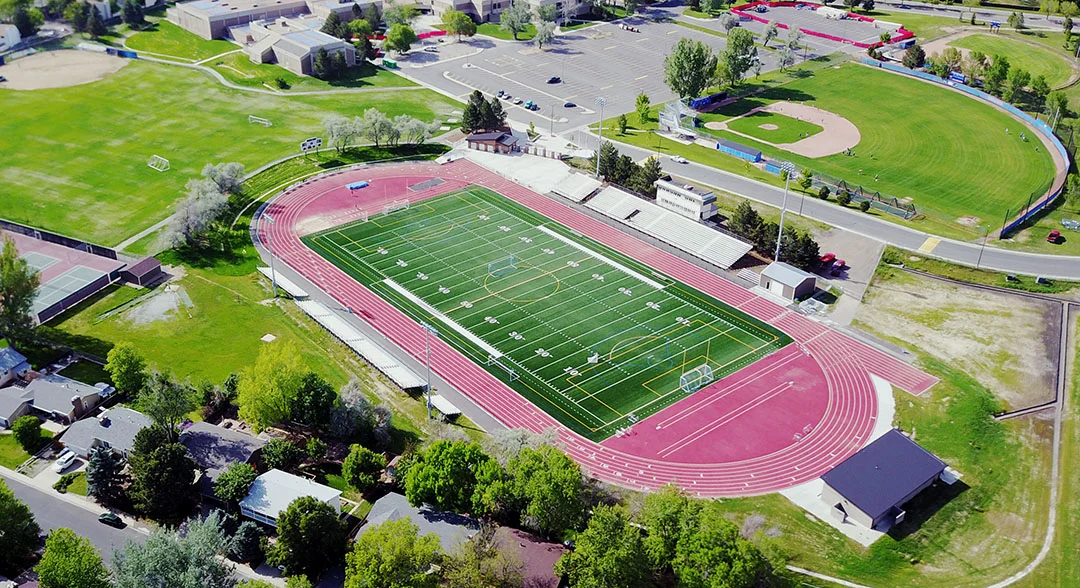Synthetic Turf Field of Dreams for Schools!
New Synthetic Turf Fields For Boulder Valley Schools
bond funds support the construction of new fields
In the Boulder Valley School District (BVSD), six middle schools have new athletic play fields thanks to the 2014 Building for Student Success Bond Program providing funding for capital improvements throughout the district.
Design Concepts worked with the district and JVA Inc and each of the architecture teams on the design of new tracks and synthetic fields at these seven schools:
Broomfield Heights Middle School
According to the District's bond website:
“Students and community members alike will have more opportunity for exercising outside on new artificial turf fields installed at six BVSD middle schools. Because they are more durable than natural grass, the artificial fields provide more play time each day and throughout the year. The fields also use less water and chemicals and require less maintenance than natural grass.”
Benefits Of Synthetic Turf
Due to the many benefits of synthetic turf fields, such as those listed below, it’s a responsible investment and wise use of money.
Busting the seed/reseed cycle – no annual reseeding to maintain a healthy sod field, therefore it lowers maintenance needs and provides cost savings.
No more ugly splotches of dead grass or messy mud puddles – synthetic turf maintains a pristine aesthetic and performance appeal.
365-day playability – rain or shine, synthetic turf fields are weather tolerant able to move water off the surface resulting in fewer cancellations due to poor weather conditions like a water soaked field. The synthetic turf field provides a playable surface year round.
No watering! – the synthetic turf requires zero watering. This is an environmentally sustainable solution.
Virtually no-maintenance - there’s no mowing, irrigating, fertilizing, aeration or over-seeding required.
Reduce injuries – synthetic turf fields are shock-absorbing and with no areas of torn up grass or patches of slippery mud, injuries due to these causes are less likely.
Check out our post here to learn more about the basics of synthetic turf.
What Is Synthetic Turf?
The Synthetic Turf Council describes the latest generation of synthetic turf as “a grass-like ground cover that replicates lush natural grass in appearance and function. When used on athletic fields, it provides a consistent year-round, all-weather playing surface built to withstand extended use without downtime for recovery. As a landscape cover, synthetic turf provides a low maintenance, weed-free surface that doesn't need to be watered or fertilized, and is available in styles that look like the grass types that are prevalent locally.”
Learn The Basics Of Synthetic Turf here
Athletic Fields Require Expert Know-How
Sports fields are technical whether sod or synthetic turf. The planning, design, detailing and construction considers many variables unique to each site.
Attention to every detail in the design and construction of synthetic turf fields helps create ideal high-performing fields. This includes expert drainage systems to shed water off the field including attention to field slope, underground drainage systems, and other water removal solutions. Existing soil conditions, field orientation, weather conditions, and specifications dictated by regional athletic associations including placement and size of markers and lanes all impact the design process and, ultimately, field performance.
BVSD’s Track and Field Layout
For the BVSD schools, new six-lane tracks and multi-purpose fields, permanent striping and markings are incorporated into the synthetic turf. Each are designed to accommodate football, soccer and track and field athletic events.




